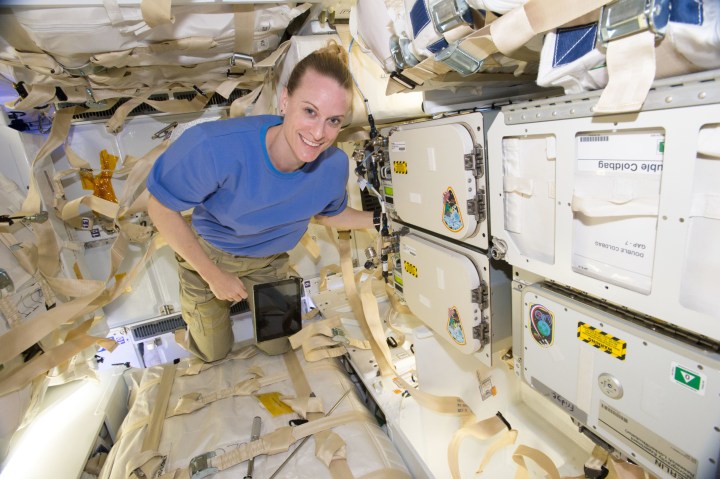
SpaceX’s newly upgraded Cargo Dragon capsule will soon be returning to Earth from the International Space Station (ISS), carrying the results of scientific experiments performed in microgravity. And then an elaborate ballet will begin, requiring the fast collection of the science cargo before Earth’s gravity can have a negative effect on any of the experiments inside.
This will be the first time that a splashdown — where a capsule lands in the ocean off the coast of Florida — has been undertaken with the new Cargo Dragon. It carries more cargo than its previous version, meaning it can be packed with even more science experiments. But the aim is to distribute that cargo back to land and to scientists faster than ever before.
“I am excited to finally see science returning here again because we can get these time-sensitive experiments into the lab faster than ever,” said Kennedy Space Center utilization project manager Jennifer Wahlberg in a statement. “Sending science up to space and then receiving it again on the runway was definitely something in the shuttle days that we really took pride in, and being able to rejoin that process is great.”
To collect all this cargo, a SpaceX boat will recover the capsule from the ocean. Then a helicopter is on standby to collect all of the time-sensitive experiments. This is then whisked back to land to the Shuttle Landing Facility (SLF) where it can be safely stored, before being sent by truck to the Kennedy Space Center Space Station Processing Facility (SSPF). The less time-critical cargo is returned to land by a second helicopter or by boat.
“The scientists will take a quick look to get initial results and then ship it back to their home bases,” said Wahlberg. “The benefit of being able to observe the science earlier is the ability to negate any gravitational effects on the research after it has been in space.”
If you’d like to watch the new Cargo Dragon depart from the ISS, the event will be livestreamed and we have all the details on how you can watch it live.
Editors' Recommendations
- SpaceX’s Falcon 9 rocket just completed a milestone mission
- SpaceX all set for a record-breaking rocket launch on Friday
- SpaceX shares stunning night shot of its Super Heavy booster
- SpaceX already has a date in mind for next Starship launch
- Take a high-speed ride on SpaceX’s emergency escape chute




